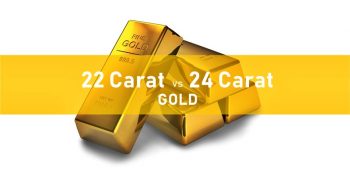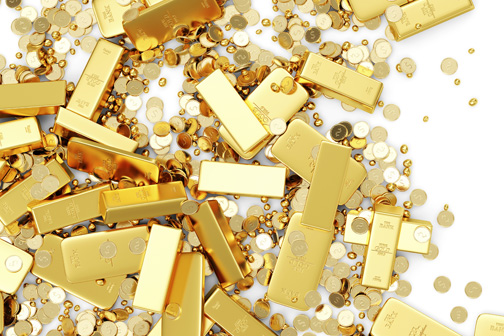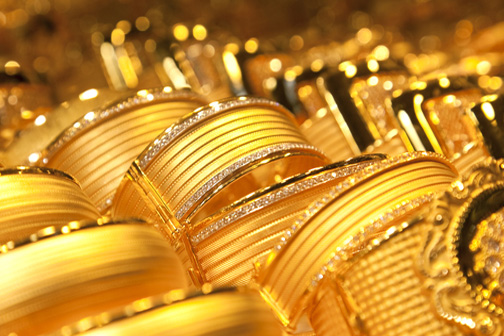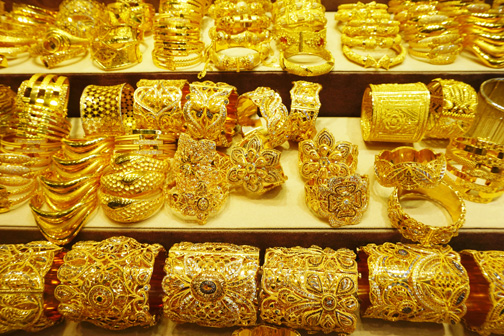Hallmarked Gold, KDM Gold and 916 Gold – What is the Difference?
हिन्दी में पढ़ें The purity of gold has always been one of the greatest concerns for buyers in India. But with the advent of hallmarking by BIS in India, buyers are feeling more confident with their gold purchases. To ensure you are not cheated when purchasing physical gold (gold coins & Jewellery); it is suggested...









